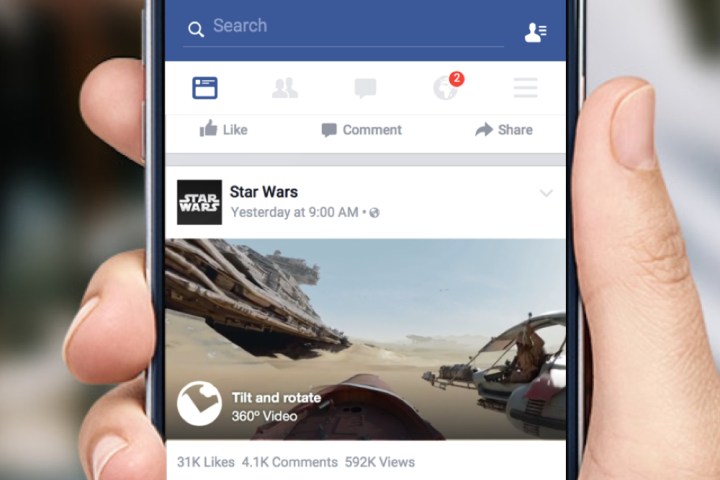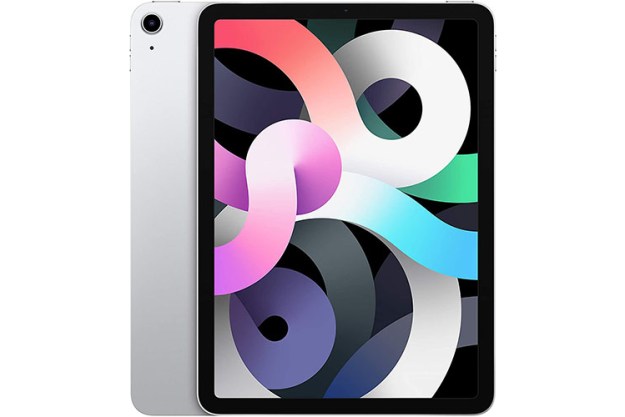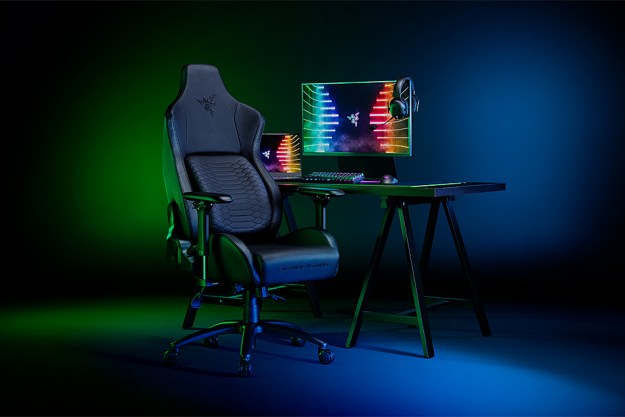
Today, Facebook announced that it is testing a newly built image stabilization technology specifically designed to make 360 videos smoother. Facebook claims that its tech is unique in that it combines standard 2D algorithms with 3D techniques, and a new “deformed-rotation” motion model, to create a hybrid stabilization architecture. The company plans to eventually roll the system out on its social network, and the Oculus VR platform.
What this fundamentally means for general users is that your 360 videos that capture motion will soon be optimized to eliminate any shaky footage that detracts from the format’s immersive experience.
“As [360-video] cameras become more prevalent, the range and volume of 360 content are also expanding,” states Johannes Kopf, research scientist at Facebook. “It’s not always easy to keep the camera steady and avoid shaking, particularly when filming motion (like a mountain bike ride or a walking tour) with a handheld camera.”
Facebook states that the tech improves efficiency for 360-degree video, with a 10-20 percent reduction in bit rate for the same video quality. The system can also stabilize the format in less than 22 milliseconds per frame on a standard machine, allowing videos to be smoothed out in less time than it takes to play the video at normal speed. If you want an in-depth guide to how the tech works, you can read about it in Kopf’s dedicated blog post.
Facebook is also testing a hyperlapse algorithm as an extension of its main stabilization system. The tool will allow users to speed up lengthy 360 videos (such as a long bike ride). It does this by changing the timing of the video frame timestamps to balance out the camera velocity.


